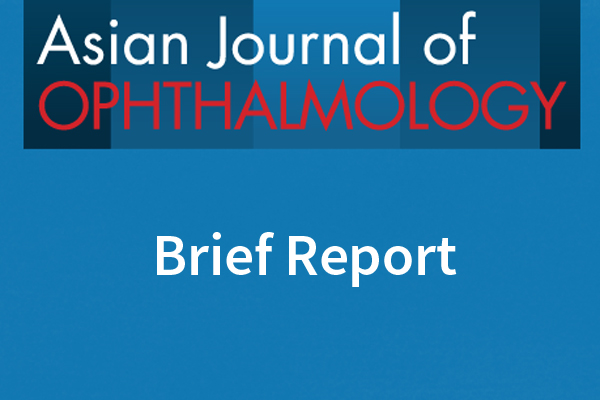Evaluating the difference between autorefraction and subjective refraction may guide “fudge factor†for IOL power selection for cataract surgery after previous LASIK
Abstract
We propose a method to estimate “fudge factor†in the selection of IOL power for post-myopic LASIK patients undergoing cataract surgery by considering the difference between subjective refraction (SR) and autorefraction (AR) and to also compare the predictability of two popular regression formulae: SRK-T and Haigis.
References
Vahid F, Mannis MJ, Garcia-Ferrer F, et al. Intraocular lens power calculation after laser in situ keratomileusis for myopia and hyperopia: a standardized approach. Cornea. 2001;20(8):792-797.
Randleman JB, Loupe DN, Song CD, Waring GO, Stulting RD. Intraocular lens power calculations after laser in situ keratomileusis. Cornea. 2002;21(8):751-755.
Makool RJ, Ko W, Mackool R. Intraocular lens power calculation after laser in situ keratomileusis. Aphakic refraction technique. J Cataract Refract Surg. 2006;32(3):435-437.
Walter KA, Gagnon MR, Hoopes PC, Dickinson PJ. Accurate intraocular lens power calculation after myopic laser in situ keratomileusis, bypassing corneal power. J Cataract Refract Surg. 2006;32(3):425-429.
Shammas HJ, Shammas MC. No-history method of intraocular lens power calculation for cataract surgery after myopic laser in situ keratomileusis. J Cataract Refract Surg. 2007;33(1):31-36.

Copyright (c) 2020 Keith Ong, Daisy Shu

This work is licensed under a Creative Commons Attribution 4.0 International License.
Authors who publish with this journal agree to the following terms:
- Authors retain copyright and grant the journal right of first publication, with the work twelve (12) months after publication simultaneously licensed under a Creative Commons Attribution License that allows others to share the work with an acknowledgement of the work's authorship and initial publication in this journal.
- Authors are able to enter into separate, additional contractual arrangements for the non-exclusive distribution of the journal's published version of the work (e.g., post it to an institutional repository or publish it in a book), with an acknowledgement of its initial publication in this journal.
- Authors are permitted and encouraged to post their work online (e.g., in institutional repositories or on their website) prior to and during the submission process, as it can lead to productive exchanges, as well as earlier and greater citation of published work (See The Effect of Open Access).


